For many gardening enthusiasts, the sight of blooming flowers represents the pinnacle of their nurturing efforts. Naturally, the instinct to provide additional nutrients during this crucial phase seems logical. However, emerging horticultural research suggests that fertilizing during the flowering period might actually hasten petal drop rather than prolong the floral display.
The common misconception stems from our anthropomorphic tendency to equate flowering with a plant's "peak performance" phase, assuming it requires extra nutritional support. In reality, most flowering plants have evolved intricate physiological mechanisms that prioritize bloom duration over rapid growth. When we introduce high-nitrogen fertilizers during this delicate period, we inadvertently disrupt the plant's natural hormonal balance.
Plant physiologists have observed that excessive nitrogen availability during flowering triggers increased production of ethylene - the very hormone responsible for fruit ripening and flower senescence. This explains why heavily fertilized blooms often exhibit premature wilting despite appearing initially vigorous. The plant essentially receives mixed signals, interpreting abundant nutrients as permission to complete its reproductive cycle faster.
Another overlooked aspect involves root behavior during flowering. As plants divert energy toward bloom production, their root systems enter a relatively dormant state. Fertilizer applications during this phase often lead to salt buildup in the soil since the roots aren't actively absorbing nutrients at their normal rate. This creates osmotic stress that further compromises the plant's vascular system.
The timing of nutrient absorption proves more critical than most gardeners realize. Flowering represents the culmination of a plant's preparatory work, with bud formation relying on nutrients stored during earlier vegetative growth stages. By the time petals unfurl, the plant's metabolic priorities have shifted from nutrient uptake to pollination and seed set. This explains why foliar feeds sometimes show better results than soil applications during flowering - they bypass the compromised root system.
Microbial activity in the rhizosphere also undergoes significant changes during flowering. The same soil bacteria that helped convert fertilizers during vegetative growth often shift their symbiotic relationships when plants begin blooming. Some species actually compete with flowers for certain micronutrients, particularly boron and molybdenum, which play crucial roles in pollen viability and nectar production.
Interestingly, the negative impact of flowering-phase fertilization varies dramatically between annuals and perennials. Fast-growing annuals, having evolved to complete their life cycle within a single season, prove more susceptible to fertilizer-induced senescence. Their perennial counterparts, adapted for repeated flowering cycles, demonstrate greater resistance but may experience reduced bloom counts in subsequent years.
Water movement through xylem tissues tells another part of the story. As flowers develop, the plant's vascular system prioritizes water delivery to developing reproductive structures. The increased solute concentration from fertilizer applications creates thicker xylem sap, forcing the plant to work harder to maintain turgor pressure in petals. This extra physiological stress manifests as accelerated flower drop.
Certain flower types reveal this phenomenon more conspicuously than others. Compound blooms like roses and peonies, where individual petals must remain coordinated, show particularly noticeable sensitivity to mid-bloom fertilization. Their intricate developmental programming gets disrupted by sudden nutrient surges, leading to misshapen flowers and uneven petal drop.
The phosphorus paradox presents another layer of complexity. While phosphorus gets marketed as essential for flowering, its overapplication during actual bloom time can backfire. Excess phosphorus interferes with calcium uptake - a mineral critical for maintaining cellular structure in delicate petal tissues. The resulting calcium deficiency causes petals to lose elasticity and crispness prematurely.
Seasoned horticulturists notice distinct patterns in fertilizer response across different flowering stages. Early bud formation often benefits from mild nutrient support, while open blooms generally react negatively. The transition point occurs when the first petals begin unfurling - marking the time when fertilizer should typically be withheld until the next growth cycle.
Modern plant imaging technologies have revealed startling details about this process. Thermal cameras show distinct temperature fluctuations in fertilized versus unfertilized flowers, suggesting metabolic disturbances. Fluorescence imaging demonstrates how fertilized blooms experience premature breakdown of chlorophyll in their sepals, essentially losing their green "life support" systems too early.
Commercial flower farms have quietly adapted to this knowledge, though their techniques remain largely undocumented in consumer gardening literature. Many now employ "fertigation blackout periods" during peak bloom, switching to pure water irrigation until harvest. Some combine this with strategic light deprivation to extend vase life - a practice now trickling into advanced home gardening circles.
The implications extend beyond ornamental plants. Fruit trees subjected to heavy flowering-phase fertilization often experience what growers call "bloom blast" - where flowers appear abundantly but drop before successful pollination. The resulting fruit set diminishes despite the impressive initial floral display, reducing overall yield.
This phenomenon isn't entirely modern. Historical gardening texts from multiple cultures contain veiled references to the practice of withholding nutrients during flowering. Japanese bonsai masters traditionally reduced feeding during cherry blossom development, while Victorian rose growers advocated "cleansing rains" to wash away accumulated soils salts before expected bloom times.
Contemporary research continues to unravel the biochemical pathways behind this floral timing mechanism. What's becoming clear is that flowering represents a carefully orchestrated metabolic tightrope walk, where nutrient levels must remain within precise parameters. The window for beneficial fertilization appears much earlier than most gardeners assume - typically during vegetative growth and early bud formation stages.
For those seeking to maximize their flowering displays, the emerging wisdom suggests a paradigm shift: view blooms as the destination rather than the journey. By focusing nutritional support on the growth phases that precede flowering, we allow plants to build sufficient reserves for spectacular, long-lasting floral shows that unfold at nature's intended pace.
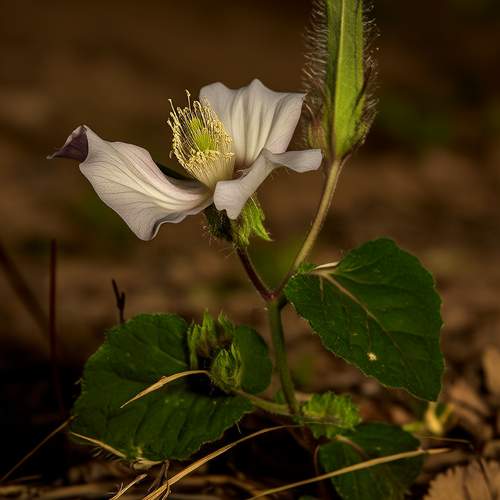
By /May 21, 2025

By /May 21, 2025
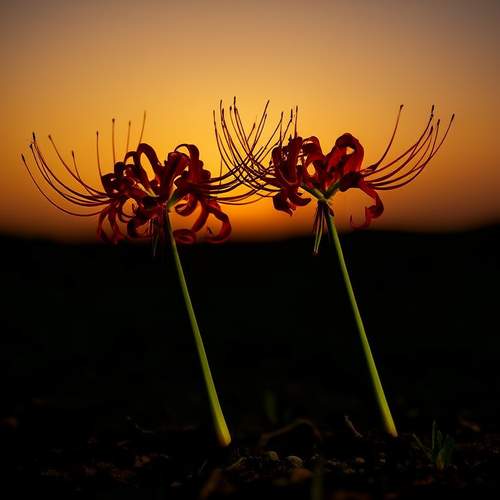
By /May 21, 2025
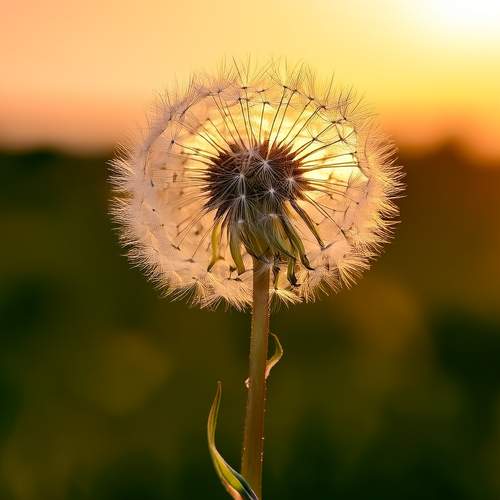
By /May 21, 2025

By /May 21, 2025

By /May 21, 2025

By /May 21, 2025

By /May 21, 2025
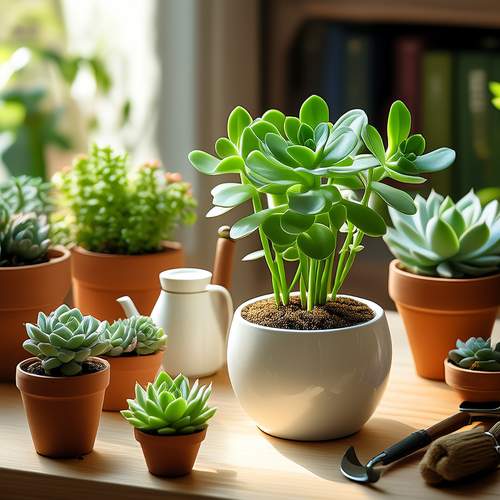
By /May 21, 2025
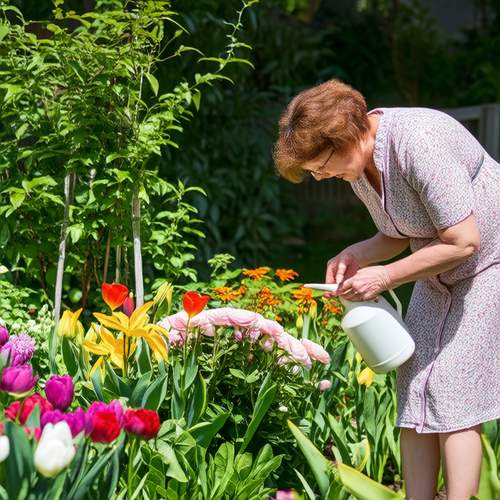
By /May 21, 2025
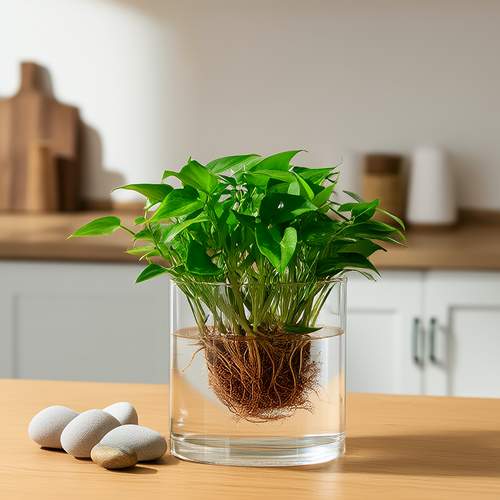
By /May 21, 2025
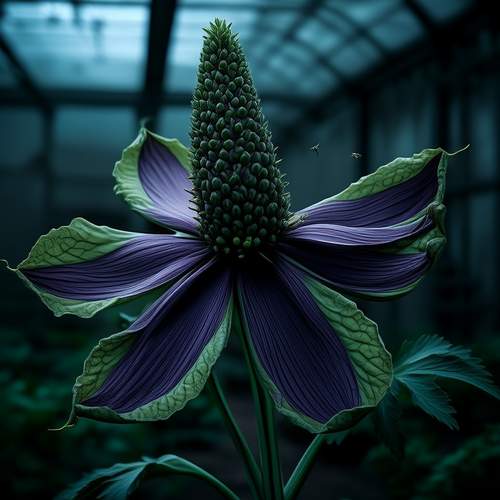
By /May 21, 2025
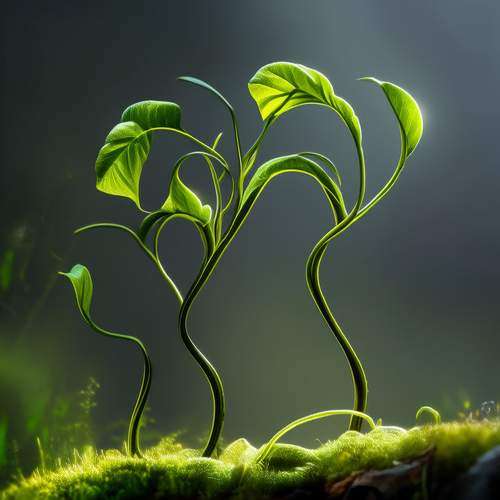
By /May 21, 2025

By /May 21, 2025
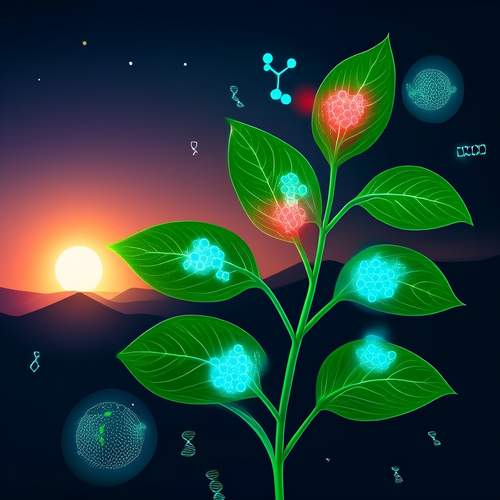
By /May 21, 2025
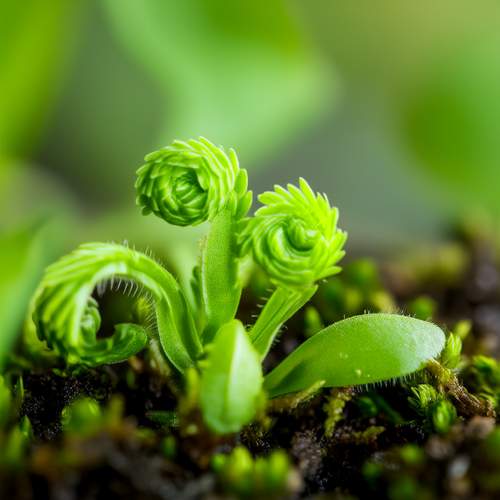
By /May 21, 2025
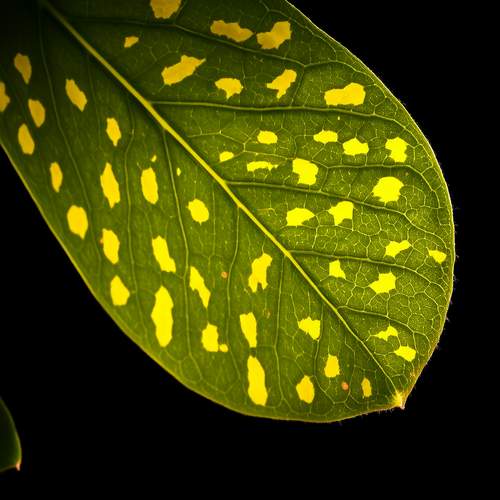
By /May 21, 2025
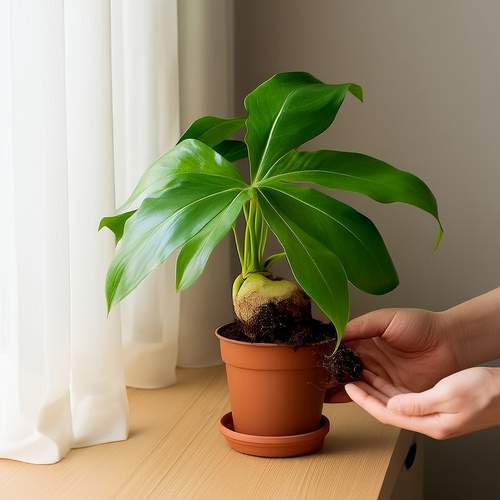
By /May 21, 2025
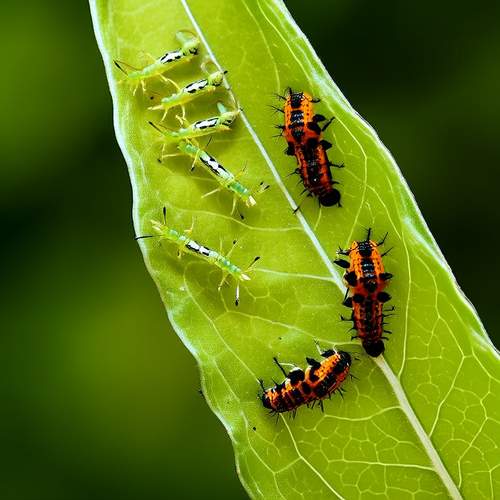
By /May 21, 2025
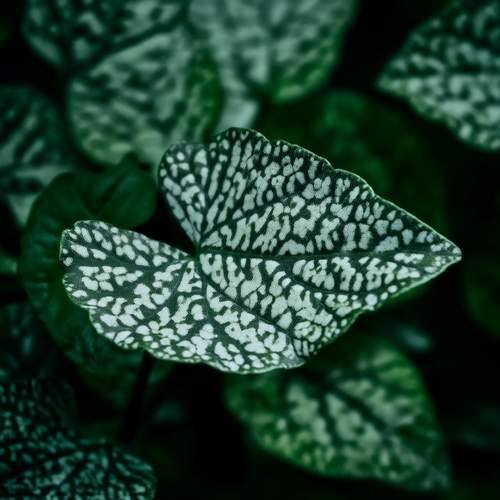
By /May 21, 2025